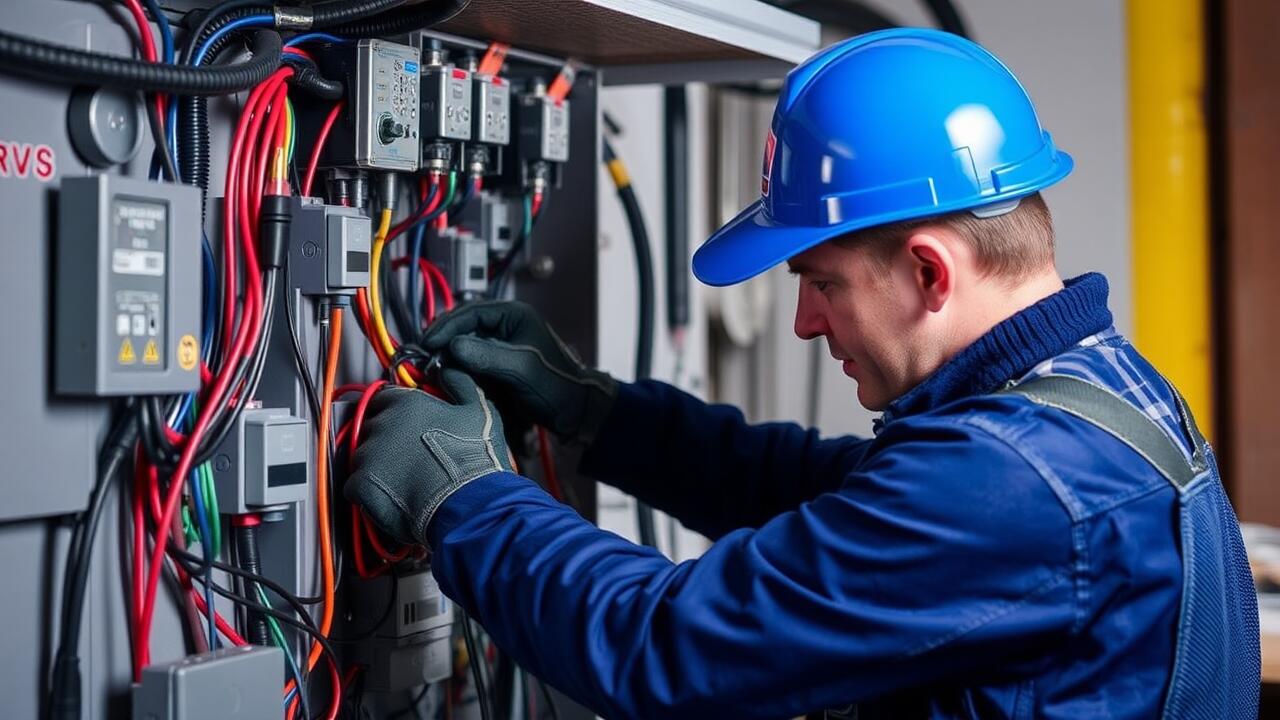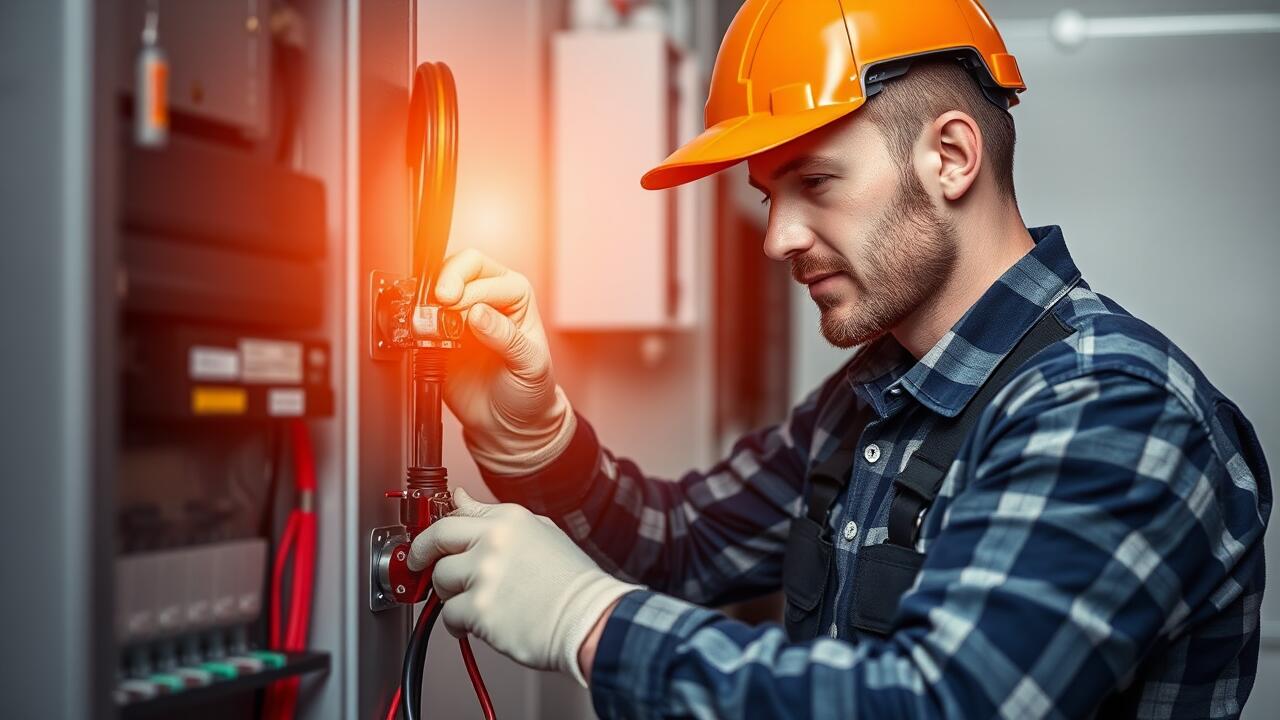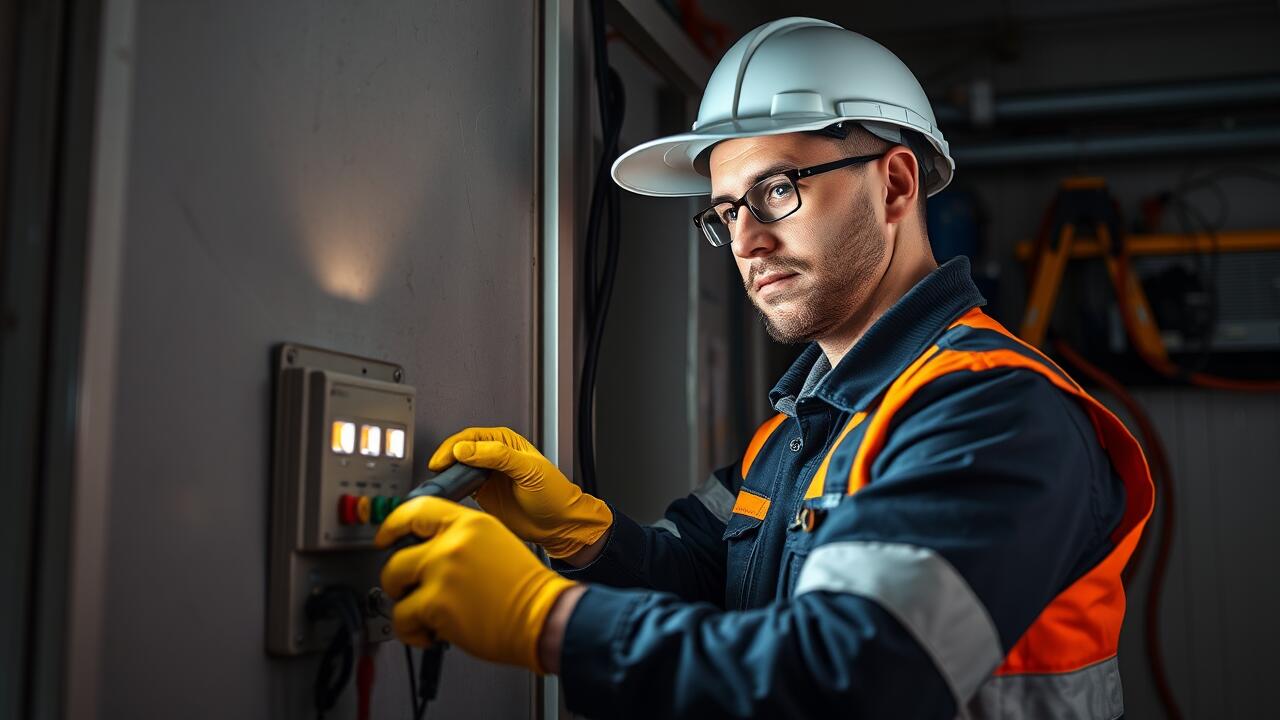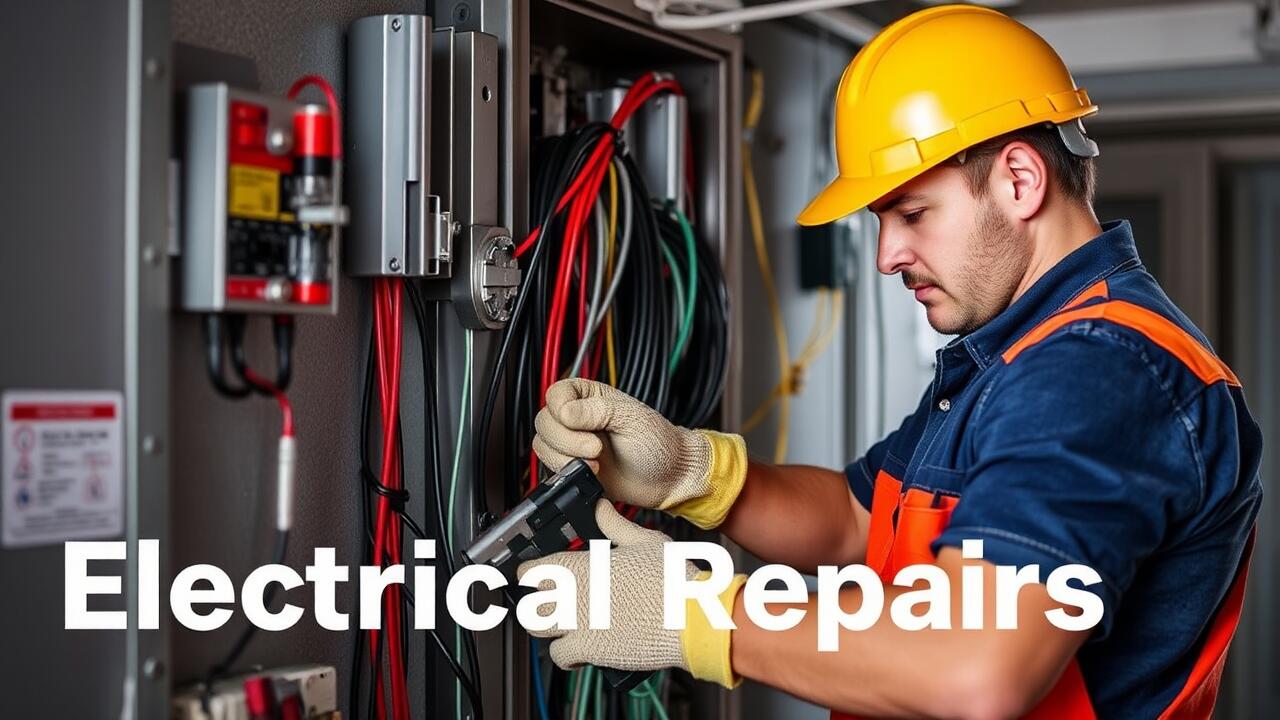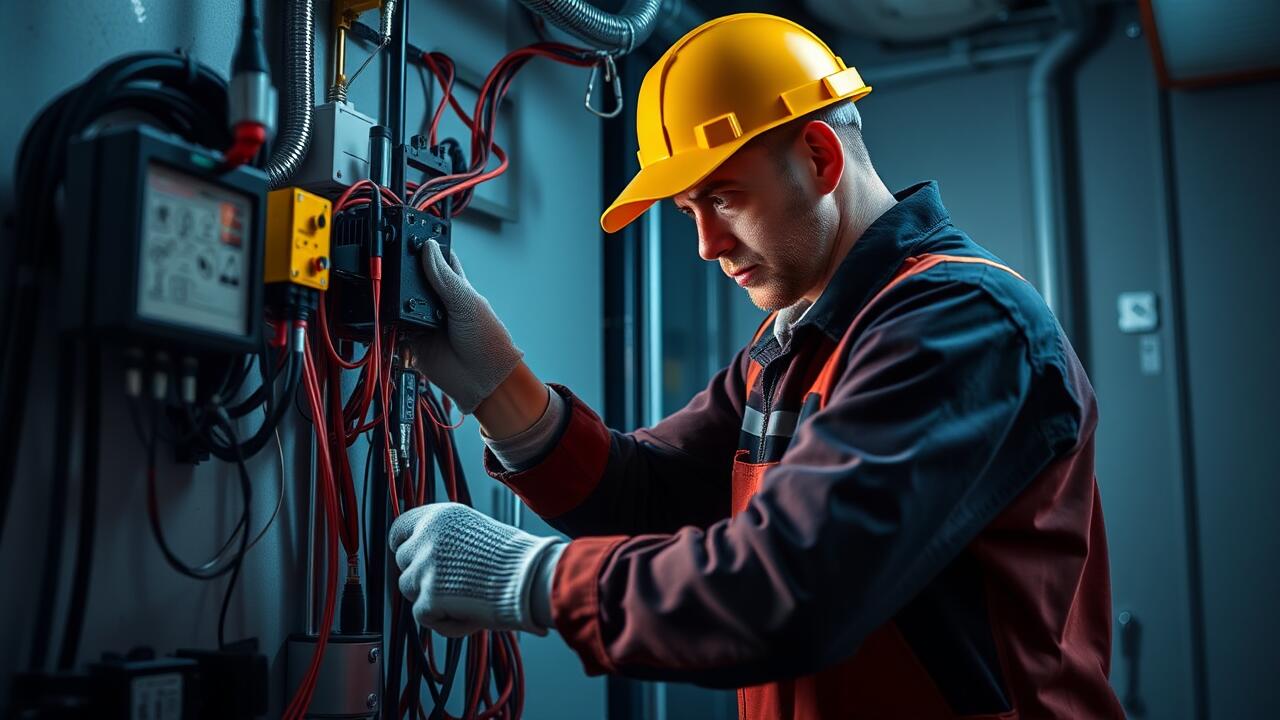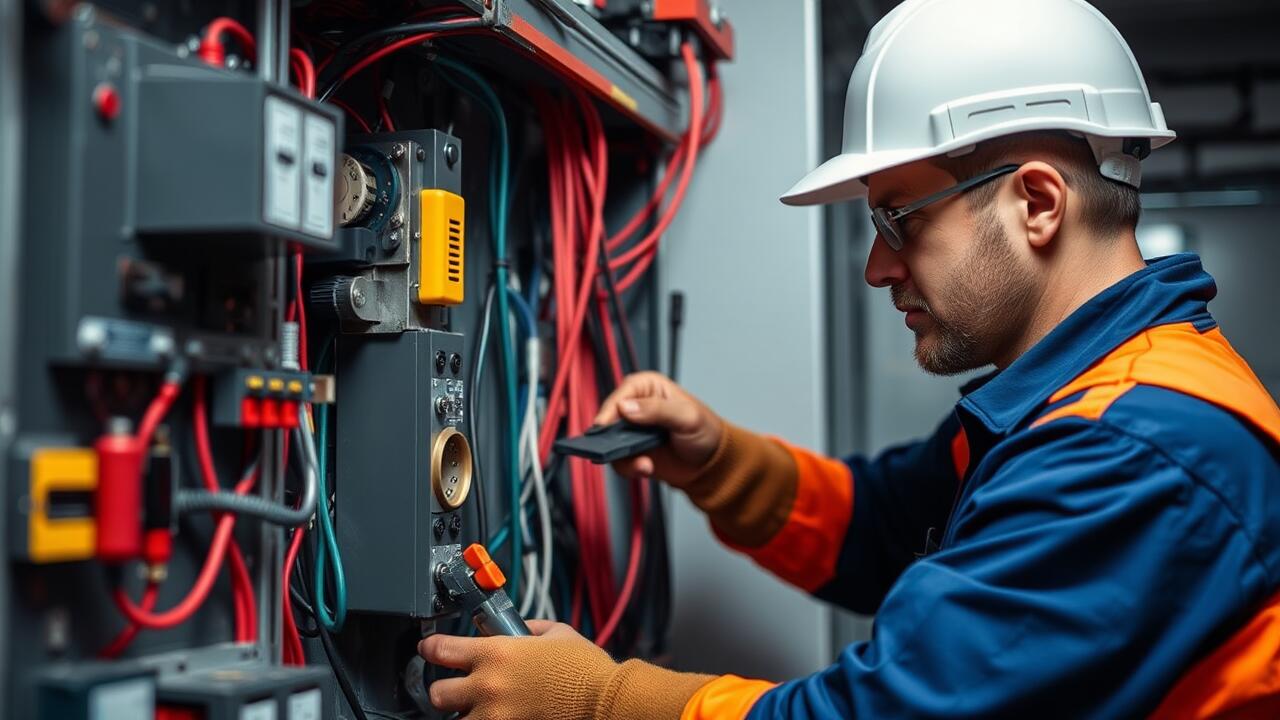
Preventive Measures for Circuit Overheating
Preventive measures are essential to reduce the risk of circuit overheating, which can lead to serious hazards. Ensuring that electrical installations adhere to established codes and standards is crucial. Regular inspections can help identify potential issues such as frayed wires or loose connections that may lead to increased resistance. Implementing proper insulation and ensuring the right gauge of wiring can significantly mitigate overheating risks. Additionally, maintaining a clean environment around electrical components helps prevent dust buildup, which can also contribute to overheating.
Load management techniques are vital in preventing circuit overheating. Distributing electrical loads evenly across circuits prevents one from becoming overloaded while others remain underutilized. Understanding the power requirements of devices connected to a circuit plays a significant role in maintaining safe operational levels. For those in need of specialized assistance, resources like "Electrical Repairs River Oaks, Houston" offer expert guidance on maintaining optimal circuit performance. Regularly monitoring and adjusting the operational loads can make a notable difference in a circuit’s overall health.
Proper Wiring Practices
Ensuring proper wiring practices is crucial for preventing circuit overheating. Using the right gauge of wire for the current being carried is essential. Thinner wires can generate excessive heat when overloaded, leading to potential risks such as insulation melting or even fire hazards. Keeping wiring neat and organized also plays a role in effective heat dissipation. Cluttered wires can trap heat, increasing the risk of overheating.
In addition to using the correct wire gauge, secure all connections to prevent loose contacts. Loose connections can create resistance, causing localized heating that can damage wires and connected components. Regular inspections to check for fraying or wear are equally important. For professional insights and reliable solutions regarding circuit safety, consider seeking services from Electrical Repairs Bellaire West, Houston. Maintaining a well-planned wiring system contributes significantly to a safer electrical environment.
How to Monitor Circuit Temperature
Monitoring circuit temperature is essential for ensuring safe operation and preventing overheating. One effective method involves the installation of temperature sensors at critical points in the circuit. These sensors provide real-time data on temperature fluctuations, allowing for quick identification of potential issues. Regularly checking these readings helps maintain optimal performance and catch problems early.
In addition to using temperature sensors, visual inspections of circuit components can play a significant role in monitoring. Signs of wear, discoloration, and melting can indicate overheating even before temperature thresholds are reached. Engaging professional services for regular checks can be beneficial. Companies like Electrical Repairs Bellaire West, Houston, offer expertise in identifying and addressing potential overheating issues before they escalate.
Implementing Temperature Sensors
Temperature sensors are essential tools for preventing circuit overheating. By incorporating these devices into electrical systems, you can continuously monitor the temperature of critical components. When a specified threshold is exceeded, the sensors can trigger alarms or initiate shutdown protocols, ensuring that potential damage is mitigated. This proactive approach can significantly enhance the reliability of electrical installations and reduce the risk of fire hazards.
Choosing the right type of temperature sensor is crucial for effective monitoring. Options include thermocouples, infrared sensors, and thermistors, each with its own advantages. Regular maintenance and calibration of these sensors are necessary to guarantee accurate readings. For those seeking professional assistance with monitoring systems and circuitry, Electrical Repairs Bellaire West, Houston, offers expertise in integrating temperature sensors into existing electrical frameworks.
Best Practices for Safe Circuit Operation
Ensuring safe circuit operation involves adopting load management techniques that prevent overheating and maintain system efficiency. Regularly assessing electrical loads against the circuit’s capacity is essential. Overloading circuits can lead to excessive heat generation. Distribution of power across multiple circuits or using dedicated circuits for high-demand appliances can mitigate this risk. Monitoring the load and adjusting it as necessary will support both performance and safety.
Routine inspections are critical in identifying potential issues before they escalate. Conducting periodic assessments of wiring, connections, and components helps spot wear, corrosion, or loose connections that could lead to overheating. Professionals from Electrical Repairs Bellaire West, Houston, can provide valuable insights and maintenance to ensure circuits remain in optimal condition. Staying proactive with these practices creates a safer environment and prolongs the life of electrical systems.
Load Management Techniques
Load management techniques are essential for preventing circuit overheating and maintaining efficient operation. Distributing loads evenly across circuits helps avoid overloading any single circuit. Utilizing dedicated circuits for high-demand equipment can significantly reduce strain on the overall electrical system. Regularly assessing power requirements and adjusting the load based on equipment usage also contributes to a safer and more efficient electrical setup.
Another key practice involves monitoring the overall power consumption. It is crucial to ensure that the total load does not exceed the circuit’s rated capacity. Implementing load shedding strategies during peak usage times can help manage demand effectively. For those seeking assistance with load management and safety evaluations, services like Electrical Repairs Bellaire West, Houston offer professional support to optimize circuit performance and prevent overheating issues.
FAQS
What are the signs of circuit overheating?
Signs of circuit overheating include unusual smells (like burning), discoloration of wires or connections, tripped circuit breakers, and excessive heat emanating from electrical components.
How can I prevent circuit overheating?
Preventive measures include following proper wiring practices, ensuring adequate ventilation, managing loads effectively, and regularly inspecting and maintaining electrical installations.
What is the role of temperature sensors in monitoring circuits?
Temperature sensors help in continuously monitoring the temperature of electrical components, providing real-time data that can alert you to potential overheating situations before they become critical.
What load management techniques can help avoid overheating?
Load management techniques include distributing electrical loads evenly across circuits, avoiding overloading circuits, and using circuit breakers or fuses that match the rated capacity of the wiring.
How often should I check my circuits for overheating issues?
It is recommended to inspect your circuits regularly, at least once a year, or more frequently if you notice any signs of overheating or if you have a high-load usage setup.
